Greetings, adventurers! Last week, you may have read how I made the case for Dungeons & Dragons fans to pick up Magic: The Gathering. I argued that Commander is much closer to a tabletop RPG session than most people realize, and that roleplayers should experiment with building a Commander deck to represent their favorite PC.
But just how do you go about that? How do the nuanced roles and traits of the classic D&D classes map onto Magic creatures? What can you do to craft a playstyle which feels right for a Sorcerer versus one for a Wizard? As someone who loves Magic for the depth of expression it allows, it’s my pleasure to break down the classes of Dungeons & Dragons 5e and present you with some leading options to capture their identity on the Commander table.
BARBARIAN
According to the Player’s Handbook, Barbarians are defined by their terrifying rage in combat. Luckily, combat is the default function of creatures in Magic, so we should have no trouble finding some eligible commanders — that is, any legendary creature — to fit the bill.
The color red has many creatures which happen to be “barbarians” or “berserkers.” The most straightforward way to build a barbarian-themed deck is to simply include as many of these angry brawlers as possible, and Lovisa Coldeyes is the perfect candidate to lead them. A canonical barbarian queen in the Magic lore, Lovisa carries the torch of great barbarian chiefs before her, and makes the rest of your tribe super strong!
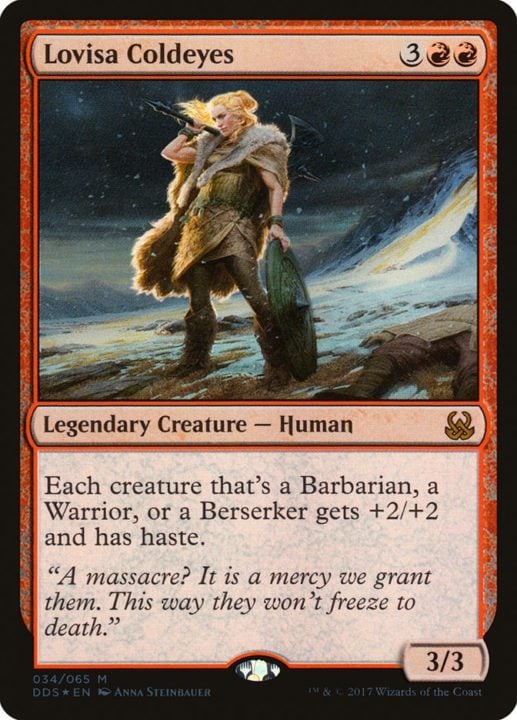
But maybe your ideal Barbarian isn’t a chieftain, but a reckless, relentless berserker! If you just want your commander to rip and tear ‘til the work is done, Zurgo Helmsmasher is a perfect example. Like any great Barbarian, he attacks early and often, unstoppable when on the assault and growing strong with every trophy he takes.
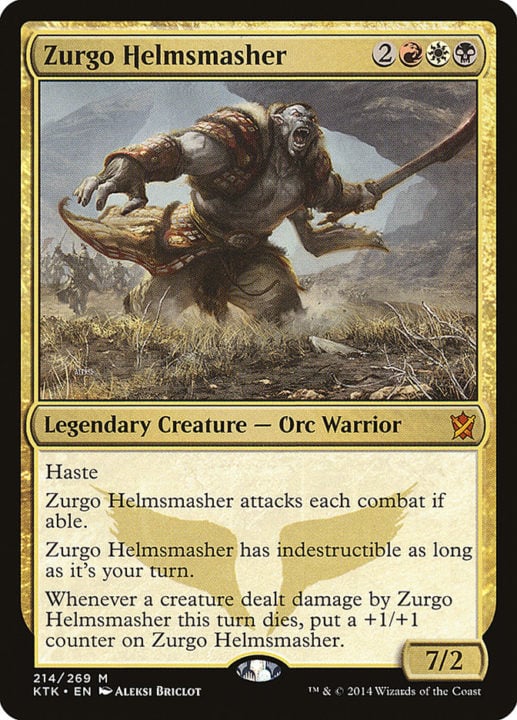
One other theme sometimes explored by this class is a savage resistance to technology, magic, and all the trappings of so-called “civilization.” While not a commander, the famous art and flavor text of Stranglehold capture the sentiment beautifully:
Ruric Thar, the Unbowed is the ultimate wrecking ball of Barbarian commanders. You will hear the lamentations of the wizards as their spells and baubles now exact a terrible cost, and Ruric Thar’s massive stats will reign supreme amid the ensuing bloodbath.
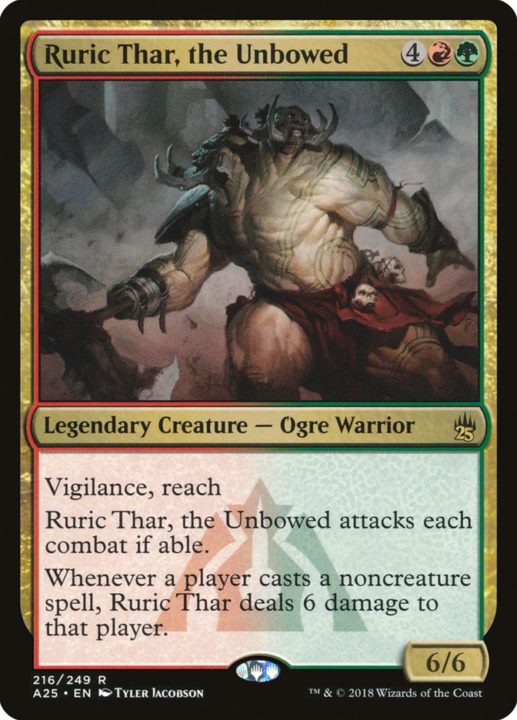
BARD
Performers, storytellers and generally skilled operators, Bards are all about utility and teamwork. Their versatile skill set means that many different commanders could potentially be Bards, but a few stand out for their particularly bardic flavor.
Chulane, Teller of Tales is a classic example of a Bard. He enhances his allies by telling their heroic tales, and rarely runs out of material. While no match for any Barbarian in direct combat, Chulane is one of the most powerful leaders you could possibly choose.
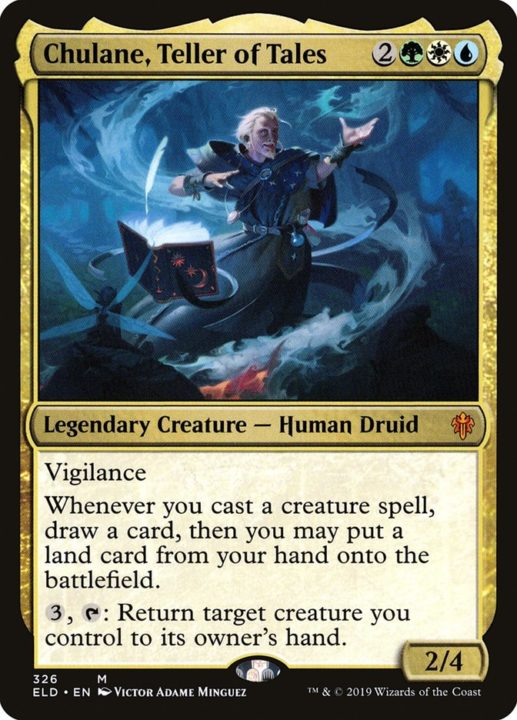
They may not look it, but Bards can be some of the most troublesome characters for a Dungeon Master to handle in-game, since their incredible diplomacy skills can bring even fierce enemies around to their point of view. Merieke Ri Berit is one of several manipulative Bards whose main role is to control the actions of enemy commanders! Having someone else make a sacrifice for your cause is just so much nicer, isn’t it?
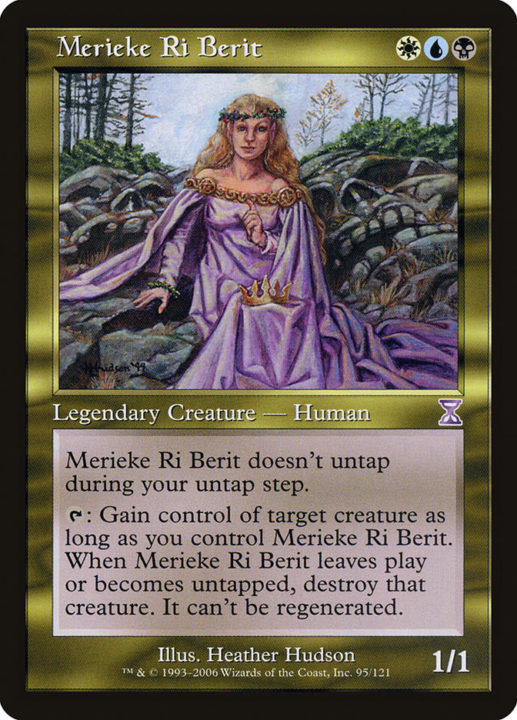
CLERIC
Clerics are defined by their devotion, but there are as many different ways to be a cleric as there are gods to be worshipped. Mechanically, their divine magic most often focuses on life force: healing, protection, and raising the dead. Magic’s cleric-type creatures are usually associated with white or black mana for this reason.
Eight-and-a-Half-Tails is an iconic cleric in Magic and one of the most potent defensive commanders imaginable. His twin activated abilities let you protect the powerful cards you need to win, demonstrating that any scenario is survivable through faith.
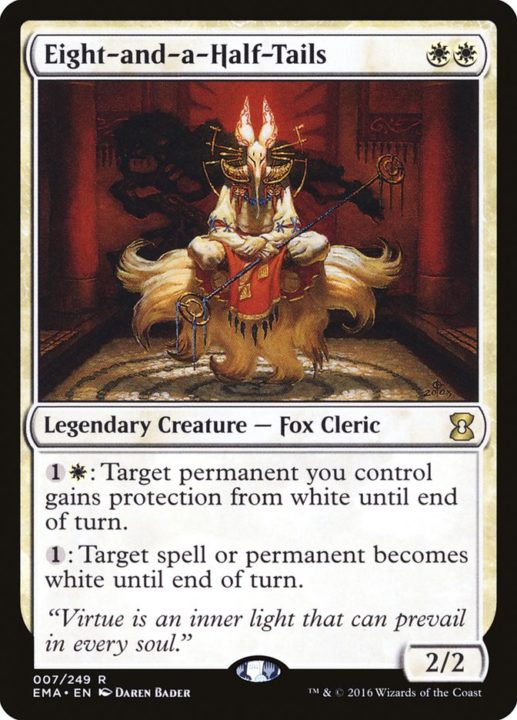
On the dark side of faith, we have black clerics like Whisper, Blood Liturgist. Reanimating dead creatures to fight the living is a classic Magic strategy, and Whisper uses the faith of her followers in the Cabal to fuel it.
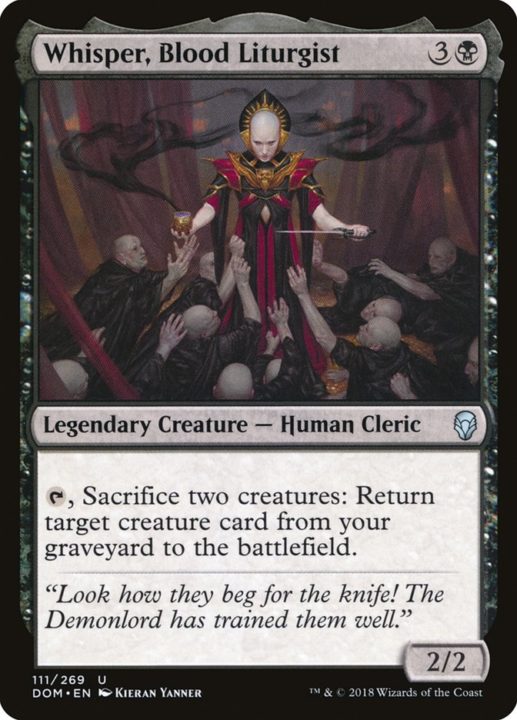
For clerics who don’t fit into the typical healer-necromancer dichotomy, there are still great commander options to choose from. Valduk, Keeper of the Flame embodies a Cleric’s impressive summoning abilities, as well as the self-buffing focus of many “war priest” builds. Cover him in the blessings of his god (aura cards) and let the holy sparks fly!
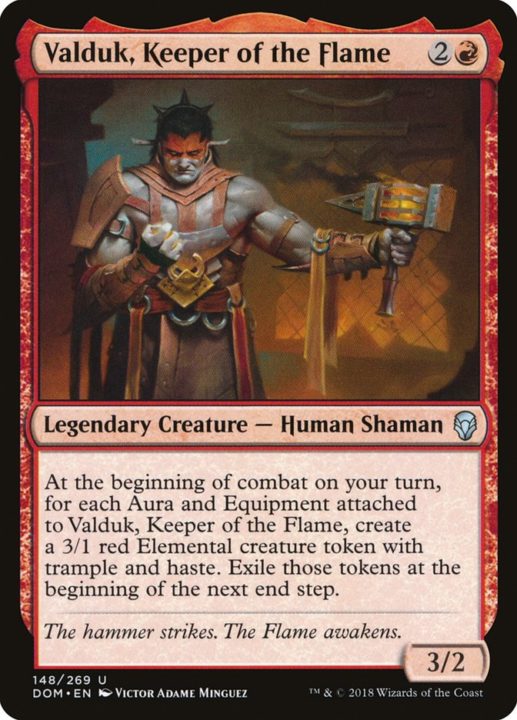
DRUID
Like Clerics, Druids are dedicated to nature, in all its forms. Magic has featured druid-type creatures since its earliest edition, as they perfectly represent the ideals of green mana.
Druids’ most famous abilities in D&D involve the world of animals: wild shape allows them to transform into any beast, while their animal companion is the best four-legged friend any pet-lover could dream of. They can also summon other animals to their side for aid in battle. Ghired, Conclave Exile is a perfect choice to lead the army of the wilds, bringing his Rhino friend for aid and summoning whatever animal tokens you have lying around.
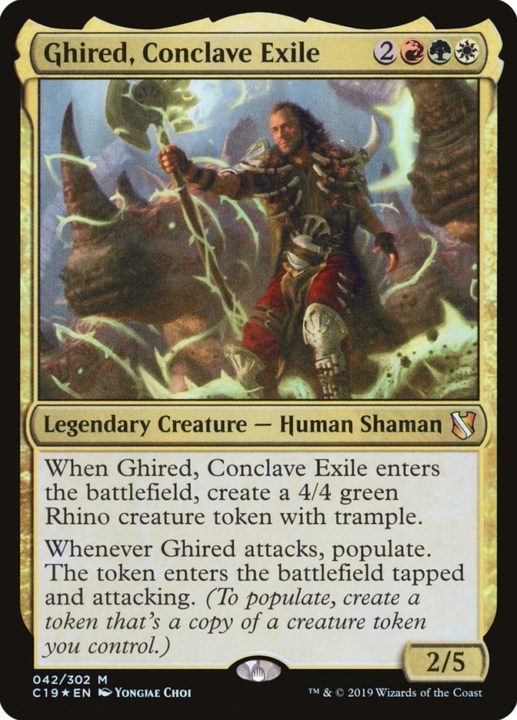
Mayael the Anima is a servant to godlike beasts in the jungles of Naya, creatures of a scale far too large to bring along as animal companions. Packing your deck with the biggest, baddest monsters around is THE classic green mage strategy, and Druids like Mayael can help you realize it in Commander.
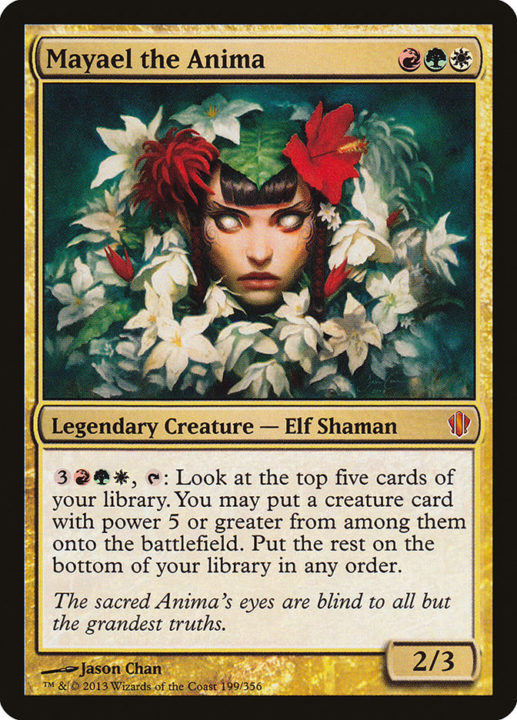
Druids can also focus on meditation to unlock the mysteries of the natural world. Blue and green mana combine often in Commander, and Tatyova, Benthic Druid is the perfect representative for their shared ideal of enlightenment.
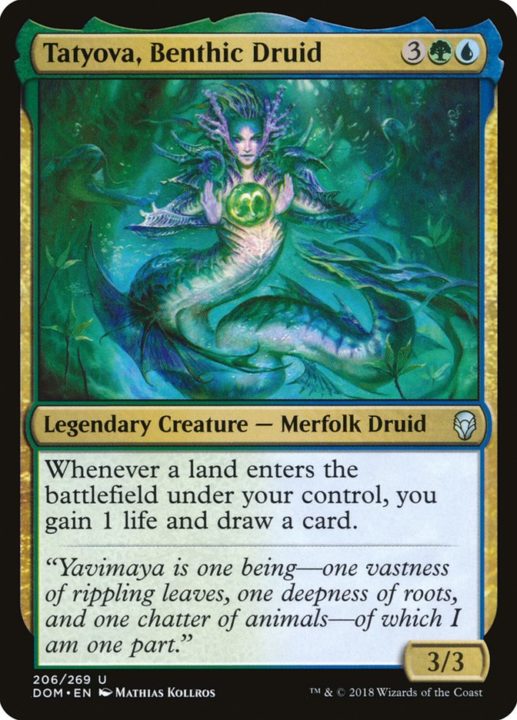
FIGHTER
The Fighter class is one of the most flexible class choices in D&D; there is no default style, appearance or characterization for Fighters like there is for the “wild, angry” Barbarian or the “trained, meditative” Monk. What they do have in common is, of course, fighting. Any Commander representative for this class will have to dominate the combat phase.
Combat can be an effective win condition in Commander with the right synergies, especially in games with fewer players. Fighters like Aurelia, the Warleader can multiply the damage of your army to handle the higher life totals of the format.

Other Fighters show a studied mastery of combat tactics, like Mirri, Weatherlight Duelist. While she may not provide a raw mathematical edge, her abilities dictate how every player uses the combat phase: always to your advantage.
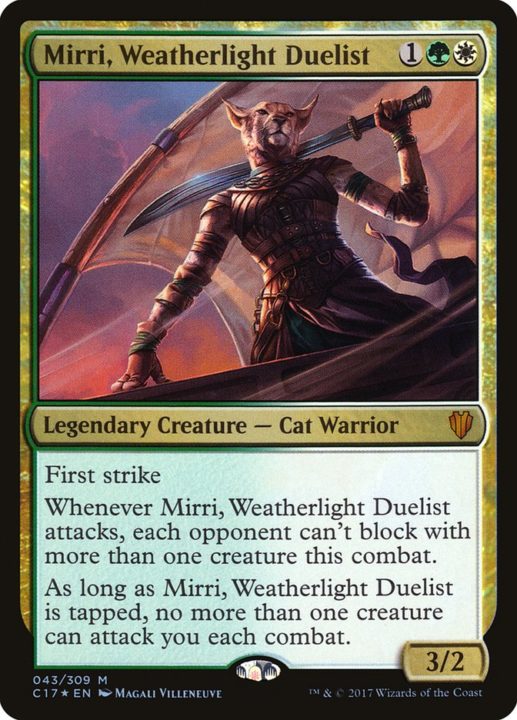
Of course, not all Fighters are leaders and generals — some are simply supreme single combatants! Jareth, Leonine Titan makes a great one-man-army, effortlessly trading with enemy creatures and forcing your opponents to consider the chance of lethal commander damage.
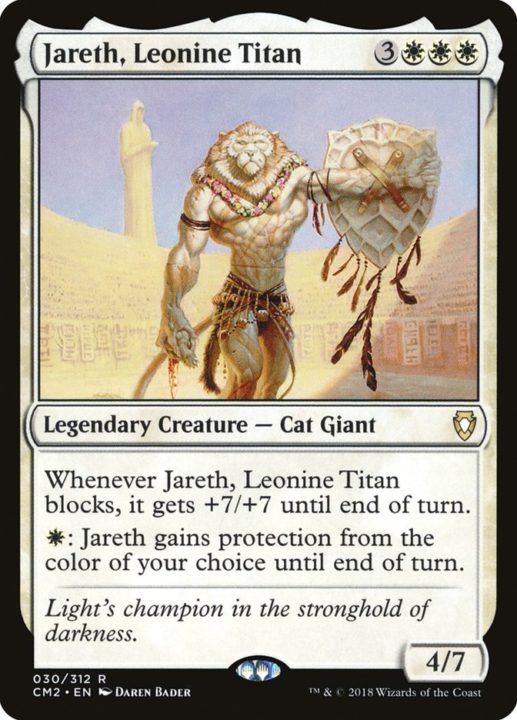
Another trait of Fighters in D&D is their mastery of weapons and armor. In Commander, this often translates to a strategy of buffing your Fighter with aura and equipment cards to make them unstoppably strong. Syr Gwyn, Hero of Ashvale is a Fighter who suits this “Voltron” style of deck perfectly.
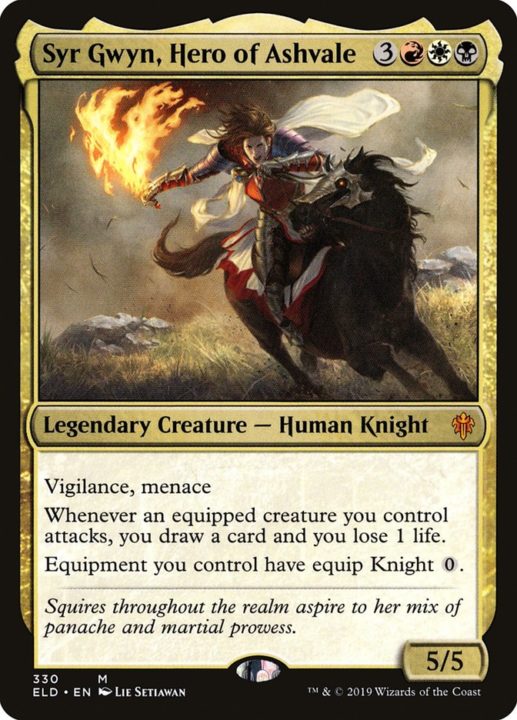
MONK
Meditation, moderation, and the martial arts. The idea of an ascetic warrior-poet who hones mind, body and soul to achieve personal perfection comes to D&D almost wholly from wuxia and kung-fu movies, and Magic has embraced these tropes as well. Many Monk commanders hail from the planes of Kamigawa and Tarkir, which draw heavily on these and other East Asian influences.
One of the D&D Monk’s most iconic abilities is the stunning fist, which disables enemies she strikes in unarmed combat. Shisato, Whispering Hunter is a scion of Kamigawa’s lethal Orochi snake-people, and can potentially “stun” an enemy player’s mana many turns in a row as long as his blows can reach them!
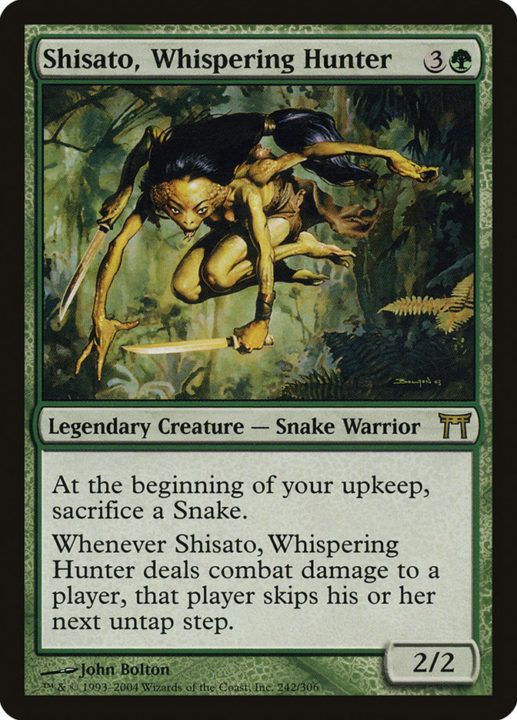
The Monks of Tarkir use their mysticism to bridge the gap between spellcasting and martial arts, often featuring mechanics which allow each to benefit the other in perfect balance. Shu Yun, the Silent Tempest not only grows more powerful with each noncreature spell you cast, but can even share this knowledge of strength with your larger creatures.
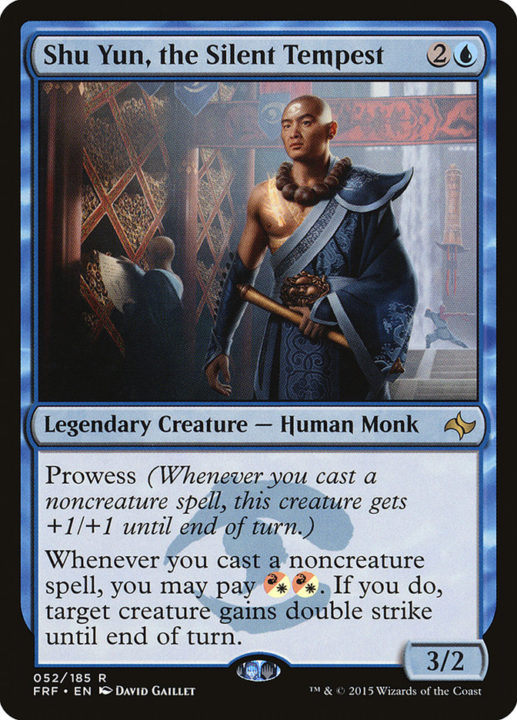
While unarmed combat is a defining feature of Monks, it is not all they’re known for in D&D. For a more philosophical and charitable take on a Monk commander, try Zedruu, the Greathearted. Her unique ability mimics D&D’s infamous “vow of poverty,” giving you more power the more of your cards you give away!
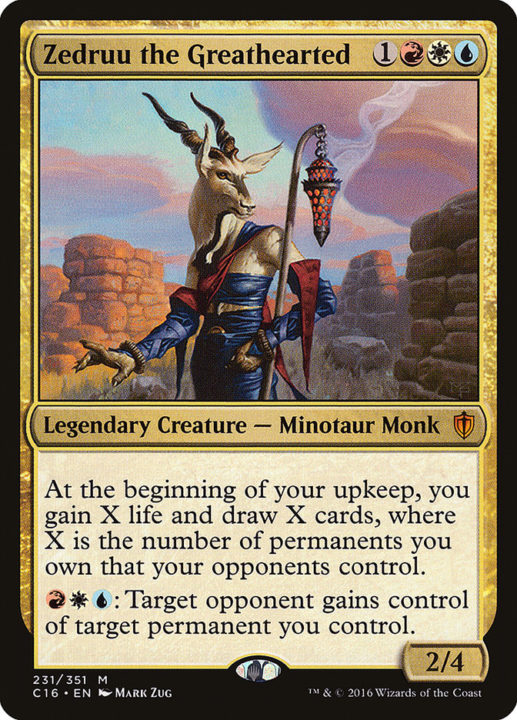
PALADIN
Another class with a very well-defined identity, Paladins are holy (or occasionally unholy) warriors, combining skill-at-arms with an iron belief in their cause. The class’s fierce moral stand usually casts them as martyrs and protectors of the weak, which makes commanders like Lena, Selfless Champion fantastic choices to represent them in Magic.
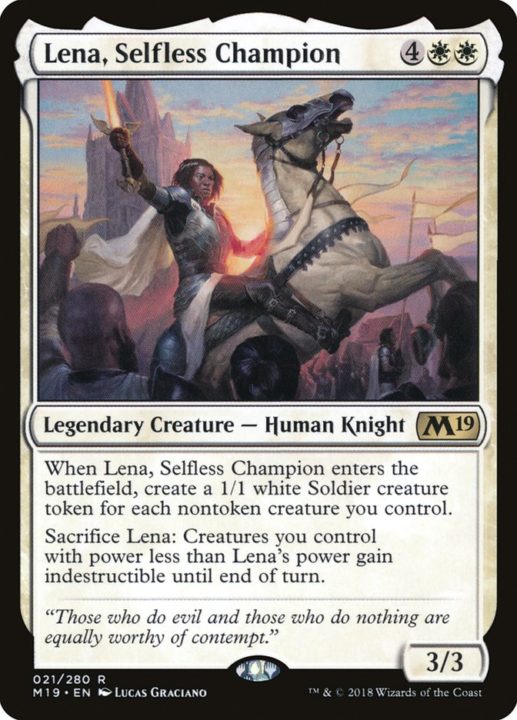
White decks are an obvious home for such holy crusaders, and often white’s affinity for law and order translates into restricting the actions available to less scrupulous opponents. Hixus, Prison Warden is a powerful deterrent for potential lawbreakers, ensuring any attack on your life will be properly punished and the offenders jailed.

Of course, the D&D Paladin has one more signature ability less tied to their moral convictions: their special mount. Similar to a Druid or Ranger’s animal companion, these steeds are bonded to the Paladin by ritual magic and become inseparable from their masters. Sylvia Brightspear can summon her mount (and friend) Khorvath Brightflame from anywhere in your deck, and both make the other much stronger in combat. Their special bond extends beyond the regular rules, allowing you to choose them BOTH as a commander at once — so long as they’re together.
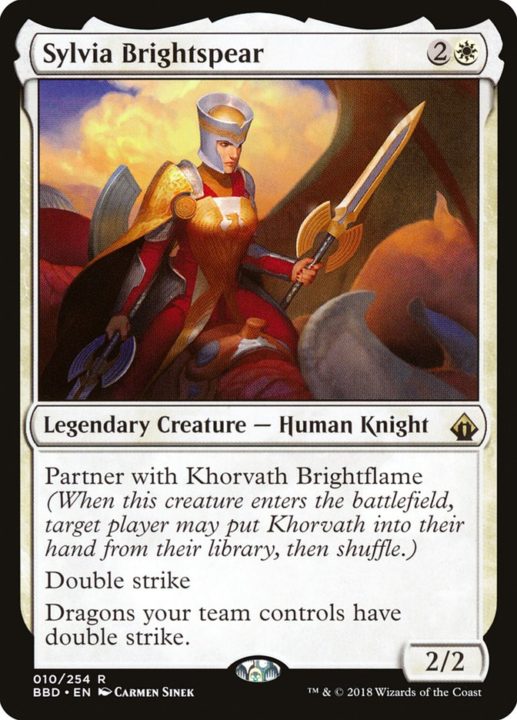
RANGER
Blurring the lines between Fighter and Druid, Rangers are impressive combatants and sport the title of D&D’s most famous archers. While actual archery mechanics are tough to find in Magic (besides Brigid, Hero of Kinsbaile), there are several commanders who can look the part while providing some interesting effects.

Tolsimir, Friend to Wolves is a perfect example of a ranger fighting alongside his animal companion — the white wolf, Voja. Stacking a deck full of wolf-type creatures can feel quite Druidic at times, but Tolsimir’s own combat prowess sets him apart as a clear Ranger candidate.
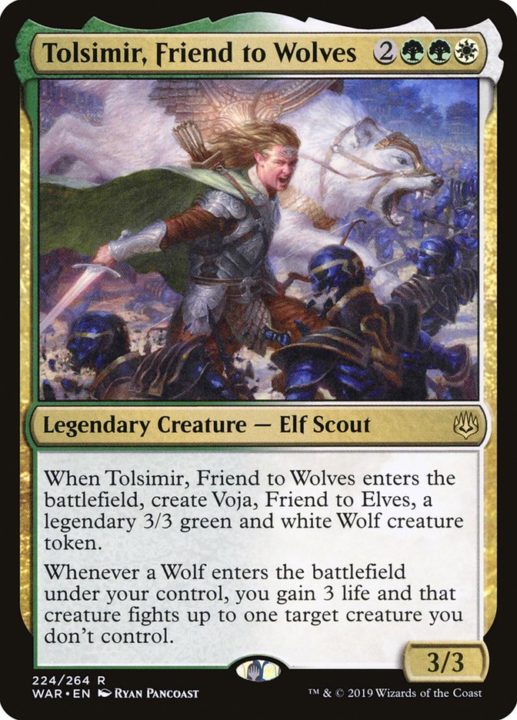
Bruse Tarl, Boorish Herder may not bring an animal companion with him (I like to pretend his is Taurean Mauler), but does have a mighty enhancement to lend anyone worthy of his strength. This sort of lets him choose his own companion, and given his connection to his herd, I peg him as a Ranger above all else.

Hallar, the Firefletcher carries the Ranger title largely for appearances. While they are clearly depicted as a bow, named as a Fletcher and shown riding an animal, their mechanics are hard to justify as Ranger-like. Still, their spell-shot ability is the closest you’ll get to a classic D&D Arcane Archer for the time being.
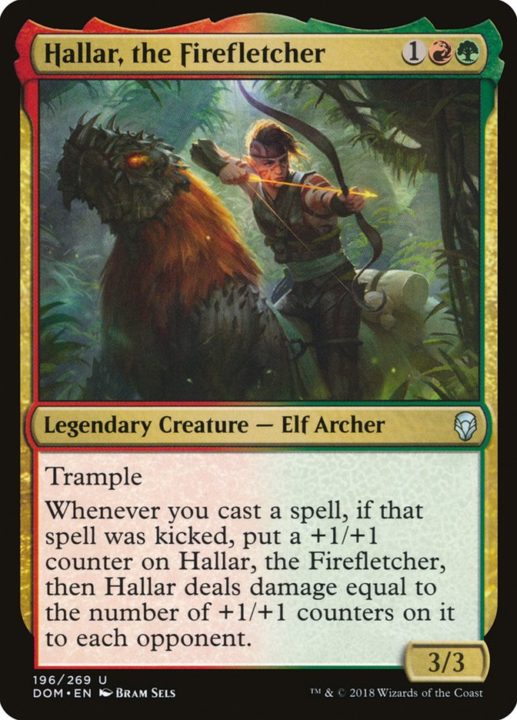
ROGUE
Mischievous, cunning or just plain murderous, Rogues can almost match Fighters for variety. Anyone sneaky, artful or deceptive can qualify for the Rogues’ gallery, and since Magic is a game of hidden information, plenty of potential commanders are capable of these underhanded interactions!
Often in Magic, the idea of stealth is represented by creatures your opponents simply can’t block. The conveniently named Rogue’s Passage is a great example:
Tetsuko Umezawa is a descendant of one of Magic’s oldest heroes, and a lifelong fugitive from the dark powers he opposed. She is a great Rogue commander for players who want unblockable aggression to be the name of their game.
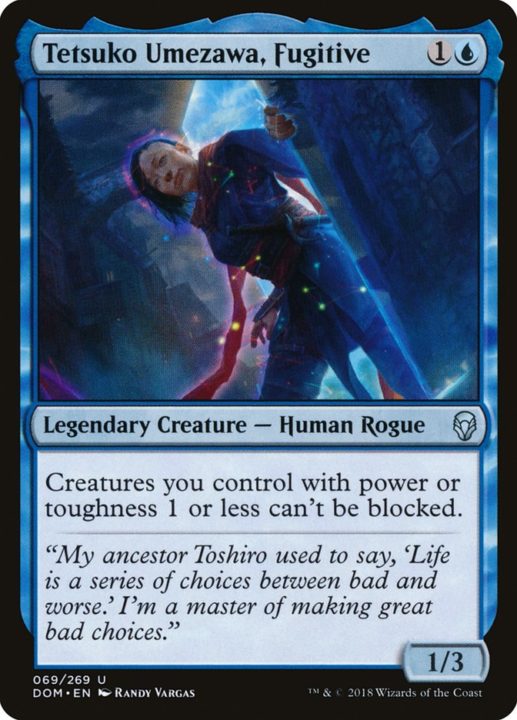
Of course, once they’re “in,” a good Rogue is gonna get out again with the valuables. Thada Adel, Acquisitor is a master thief and very powerful commander choice. She loots everything from efficient mana batteries to gigantic war engines from your opponents’ arsenals!
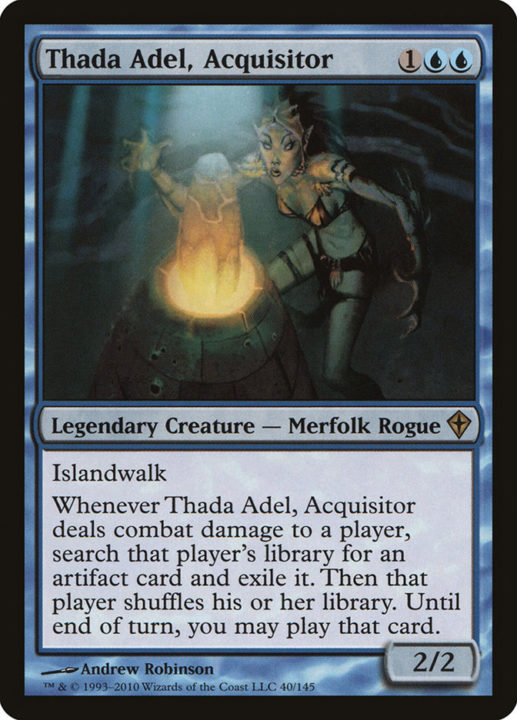
Assassins often have their own class or subclass, but they’re consistently the… less moral of Rogue-kind. Etrata, the Silencer is a classic take on the trope — a vampiric killer who excises her victims from history. Killing opponents just by eliminating their creatures is an intriguing strategy and makes you feel like you just stole a match they deserved. How… rogueishly on-brand.
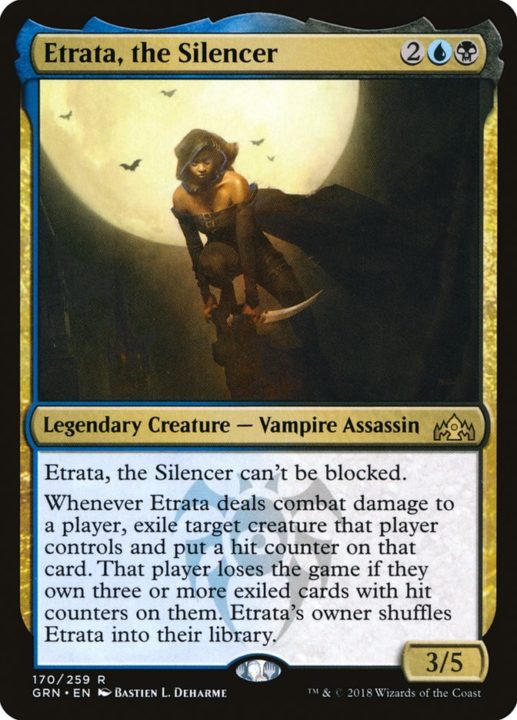
SORCERER
The most important question when creating a Sorcerer in D&D is the origin of their power. That sorcery comes from somewhere; though different to each Sorcerer, it is most often attributed to a latent draconic bloodline or an internal well of raw magic.
Draconic power and ancestry are the central factors in the lore of Tarkir, one of Magic’s most beloved planes. Taigam, Ojutai Master has the appearance of a Monk due to his association with the monastic faction of Dragonlord Ojutai. But he channels the power of dragons to enhance your instants and sorceries, giving him a strong Sorcerer vibe.

On the wild magic front, there’s no shortage of blue-red commanders who have a chaotic approach to their spellcasting. Arjun, the Shifting Flame holds a power as unpredictable and wild as it is potent, and just like the classic Sorcerers of fantasy, it is one he cannot ever turn off.
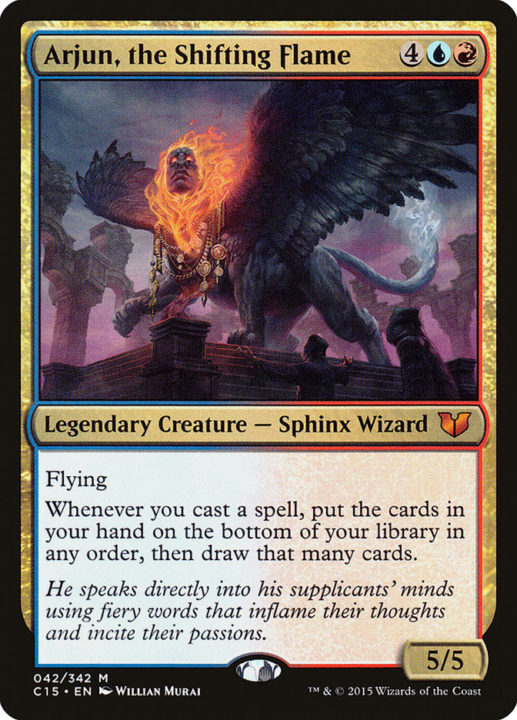
One very Magic-specific interpretation of Sorcerers is that their internal well of arcane might could actually be a latent Planeswalker spark! If that’s the case, then Chandra, Fire of Kaladesh would be a most excellent candidate. Like most low-level Sorcerers, she starts out throwing the same weak cantrip over and over before eventually graduating to a massive impact!
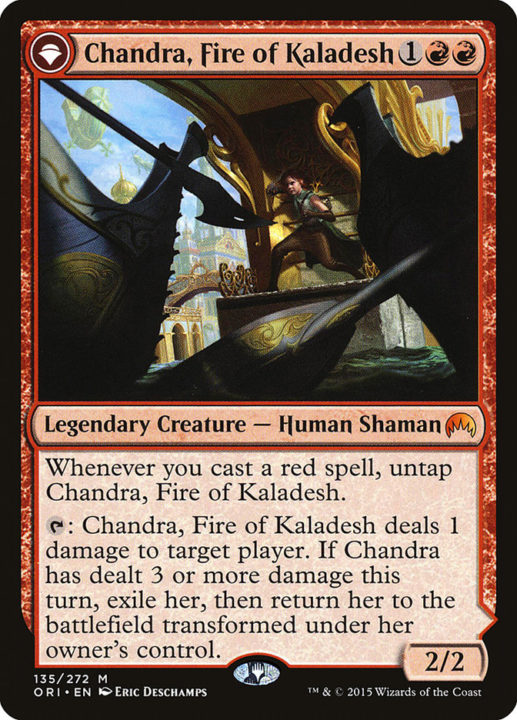
WARLOCK
Warlocks are defined by their pacts, which grant them power from an otherworldly patron in return for some form of servitude. Their signature eldritch blast attack and association with fiendish powers lends ambitious Warlocks a more menacing flavor than Sorcerers or Wizards.
Ayli, Eternal Pilgrim is wholly dedicated to her patrons among the Eldrazi, giant elder beings who travel the space between Magic’s worlds — and, occasionally, punch through into them. Her use of living sacrifices has earned her a taste of their otherworldly destructive power.
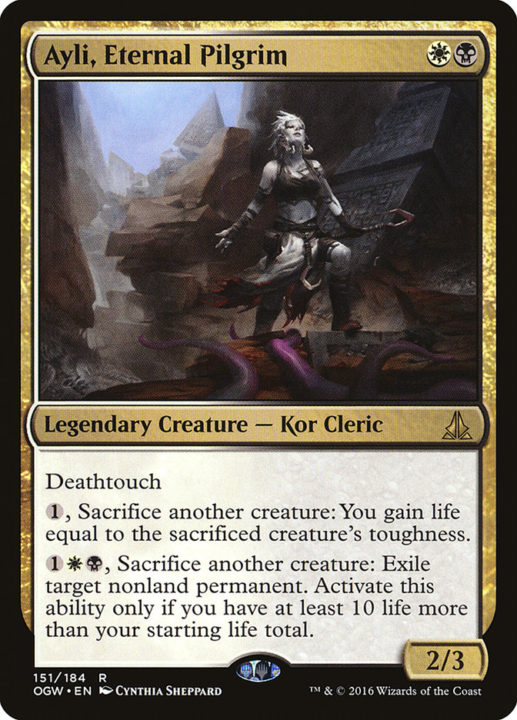
There are a number of broad schools among the Warlocks of D&D, which divide adherents based on the tools and methods of their spellcasting. Toshiro Umezawa is a great example of a Hexblade Warlock. His dire curses channel power back to him from every opponent who dies under his gaze.
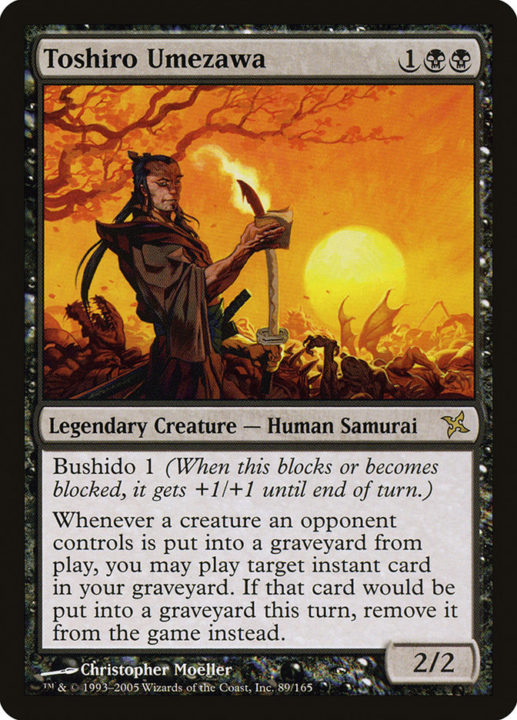
Of course, some players simply associate the Warlock class with the tremendous magical offense they can provide through Eldritch Blast. Kaervek the Merciless is a costly commander, but one who viciously lashes out at everyone around him. Just like in D&D, however, such demonic power quickly makes enemies, so try to win with him fast before the mob can gang up on you!
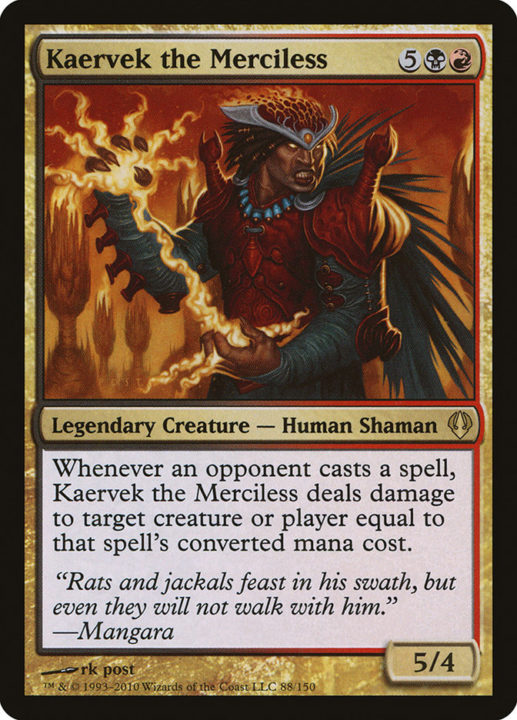
WIZARD
Where Sorcerers’ magic is wild, innate, specialized and subconscious, Wizards must study spellcraft like it’s a college degree. In D&D, they are famed for their scrolls and spellbooks, which give them access to whichever magical tools they might need for the day.
Kaho, Minamo Historian is a perfect example of how Magic design plays into D&D tropes. Each time you cast Kaho, you may “prepare” a new book of spells. The combination of flexibility and efficiency makes for a very powerful commander, but one you can simply scale down by choosing a less punishing set of spells.
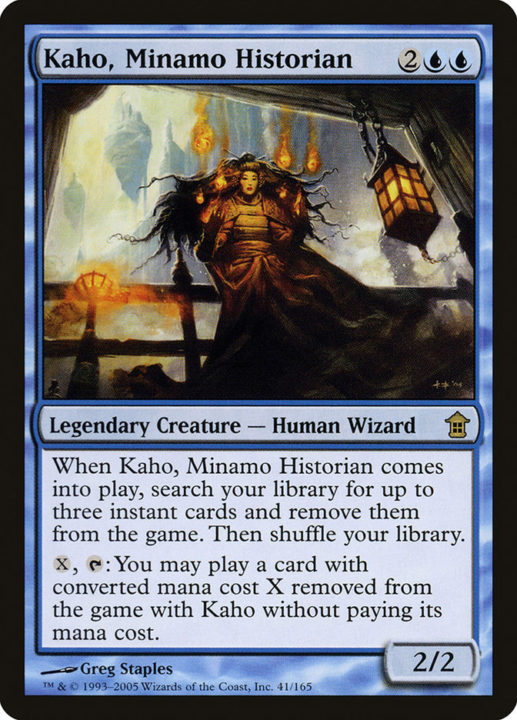
Of course, many Wizards have an overwhelming love of knowledge for knowledge’s sake. In Magic, this knowledge is usually represented by drawing fresh cards — which is why Arcanis, the Omnipotent is perhaps the archetypal choice for a Wizard deck.
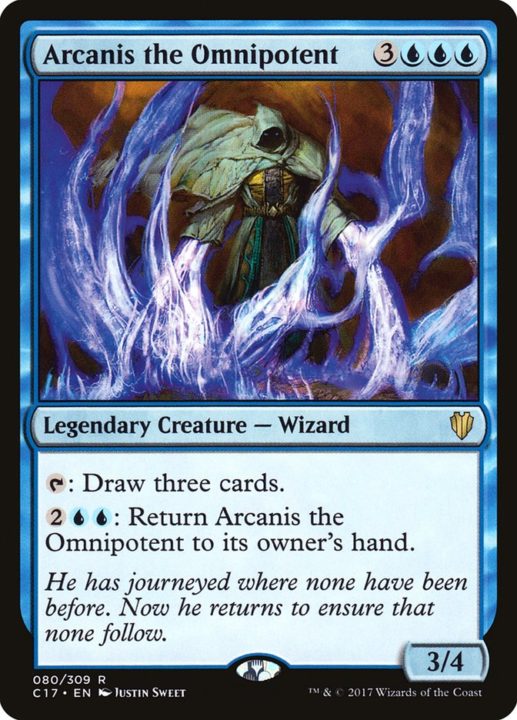
If you just want to build a deck full of wizard-type creatures, I’d recommend something like Naru Meha, Master Wizard. Not only does she buff all your on-type creatures, but she has the potential to cause massive blowouts when combined with the right instant or sorcery spell!
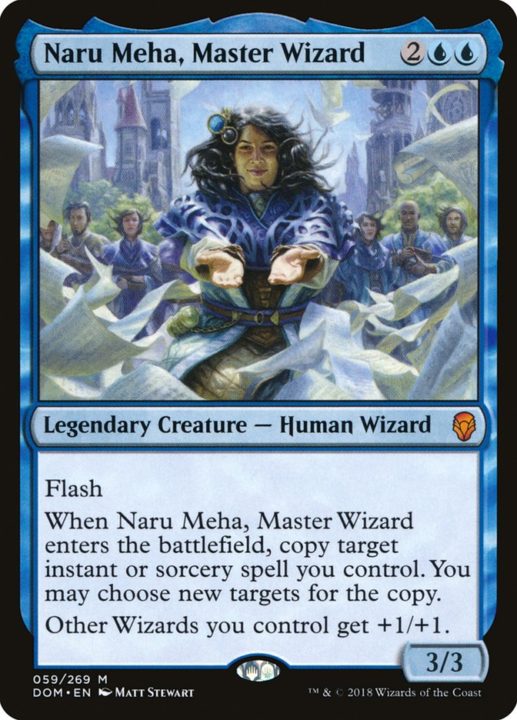
A CLASS ACT
Phew! As exhausting as it might be to contemplate so many options, I do hope that this article has inspired more people to try a D&D/Magic crossover.
Whichever side you’re coming at it from, understanding your preferred game through the lens of another can help you pinpoint just what’s so special about it, or give you an idea of how to best teach it to others. While the translation of mechanics and aesthetics from D&D to Magic isn’t always perfect, the spirit of collaborative storytelling remains intact. And, as some Commander players could stand to learn, that is the most important tenet of either game.

Tom’s fate was sealed in 7th grade when his friend lent him a pile of commons to play Magic. He quickly picked up Boros and Orzhov decks in Ravnica block and has remained a staunch white magician ever since. A fan of all Constructed formats, he enjoys studying the history of the tournament meta. He specializes in midrange decks, especially Death & Taxes and Martyr Proc. One day, he swears he will win an MCQ with Evershrike. Ask him how at @AWanderingBard, or watch him stream Magic at twitch.tv/TheWanderingBard.

